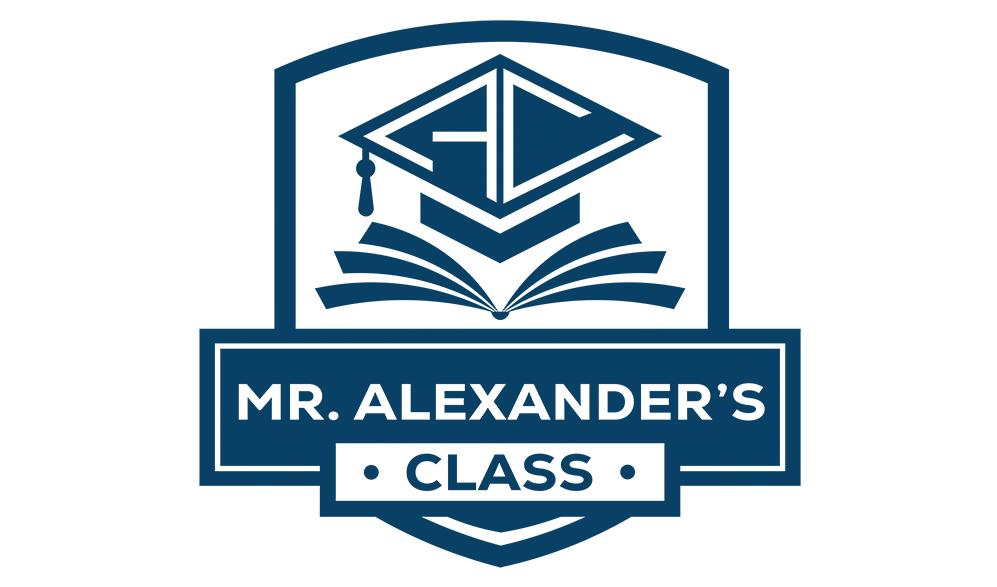
As educators, we know that effective assessment and feedback are crucial for student growth and success. However, with the increasing demands of teaching, it can be challenging to find the right tools and strategies that cater to diverse learning needs. In this blog post, we’ll explore student assessment digital tools for creating assessments, grading, and providing feedback, as well as strategies to address the unique challenges in our classrooms.
The Importance of Assessment and Feedback
Assessment is not just about assigning grades; it’s a vital part of the learning process. Feedback helps students understand their strengths and areas for improvement, guiding them toward mastery of the content. Here are some key reasons why effective assessment and feedback matter:
- Promotes Student Engagement: When students receive timely and constructive feedback, they are more likely to engage with the material and take ownership of their learning.
- Informs Instruction: Assessments provide valuable data that can inform your teaching strategies, helping you tailor your instruction to meet the needs of all learners.
- Encourages Growth Mindset: Constructive feedback fosters a growth mindset, encouraging students to view challenges as opportunities for learning rather than obstacles.
Digital Tools for Creating Assessments
In today’s tech-savvy classrooms, digital tools can streamline the assessment process, making it easier to create, administer, and analyze assessments. Here are some popular tools to consider:
1. Google Forms
- Features: Easy to create quizzes and surveys, automatic grading, and instant feedback.
- Benefits: Google Forms allows for a variety of question types (multiple choice, short answer, etc.) and can be easily shared with students. The automatic grading feature saves time and provides immediate feedback.
2. Kahoot!
- Features: Interactive quizzes that promote engagement through gamification.
- Benefits: Kahoot! makes learning fun and competitive, which can motivate students to participate actively. It’s especially effective for reviewing material before assessments.
3. Edpuzzle
- Features: Allows teachers to create interactive video lessons with embedded questions.
- Benefits: Edpuzzle helps assess students’ understanding of video content, making it a great tool for blended learning environments.
4. Quizizz
- Features: Similar to Kahoot!, but allows for self-paced quizzes.
- Benefits: Quizizz provides instant feedback and detailed reports on student performance, making it easier to identify areas where students may need additional support.
Strategies for Grading and Providing Feedback
While digital tools can enhance the assessment process, effective grading and feedback strategies are equally important. Here are some approaches to consider:
1. Use Rubrics
- Why: Rubrics provide clear criteria for assessment, making it easier for students to understand expectations.
- How: Create rubrics that outline specific performance levels for assignments. Share these rubrics with students before they begin their work to guide their efforts.
2. Implement Peer Feedback
- Why: Peer feedback encourages collaboration and helps students learn from one another.
- How: Organize peer review sessions where students can provide constructive feedback on each other’s work. This not only builds critical thinking skills but also fosters a sense of community in the classroom.
3. Provide Timely Feedback
- Why: Timely feedback is more effective in promoting learning than delayed responses.
- How: Use digital tools that allow for quick feedback, such as voice comments on Google Docs or video feedback through platforms like Flipgrid. This personal touch can make feedback feel more engaging.
4. Differentiate Feedback
- Why: Every student has unique learning needs, and feedback should reflect that.
- How: Tailor your feedback to address individual strengths and weaknesses. For example, provide additional resources or strategies for students who may struggle with specific concepts.
Addressing Diverse Learning Needs

In a diverse classroom, it’s essential to recognize and address the varying needs of your students. Here are some strategies to ensure all students receive the support they need:
1. Flexible Assessment Options
- Why: Not all students demonstrate their knowledge in the same way.
- How: Offer multiple assessment formats (e.g., projects, presentations, written tests) to allow students to showcase their understanding in a way that suits their strengths.
2. Use of Technology for Accessibility
- Why: Technology can provide accommodations for students with diverse learning needs.
- How: Tools like Read&Write or text-to-speech software can assist students with reading difficulties, while platforms like Seesaw allow for personalized learning experiences.
3. Continuous Professional Development
- Why: Staying informed about best practices in assessment and feedback is crucial for effective teaching.
- How: Participate in workshops, webinars, or online courses focused on assessment strategies and tools. Collaborate with colleagues to share insights and resources.
Conclusion
Incorporating digital tools for assessments and feedback can significantly enhance the learning experience for both teachers and students. By utilizing these tools and implementing effective strategies, you can create a more engaging and supportive classroom environment that addresses the diverse needs of your students. Remember, the goal is not just to assess but to foster a culture of continuous learning and improvement.
As you explore these tools and strategies, take care of yourself, too. Teaching is a demanding profession, and prioritizing your well-being is essential to avoid burnout. Embrace the journey of teaching, and remember that every small step you take can lead to significant growth for your students and yourself.
If you found this post helpful, be sure to explore the rest of our blog for more insights and tips on improving your teaching experience. Don’t forget to visit our store for products designed to support educators and anyone passionate about advancing education. Let’s work together to make teaching rewarding and inspiring again!



